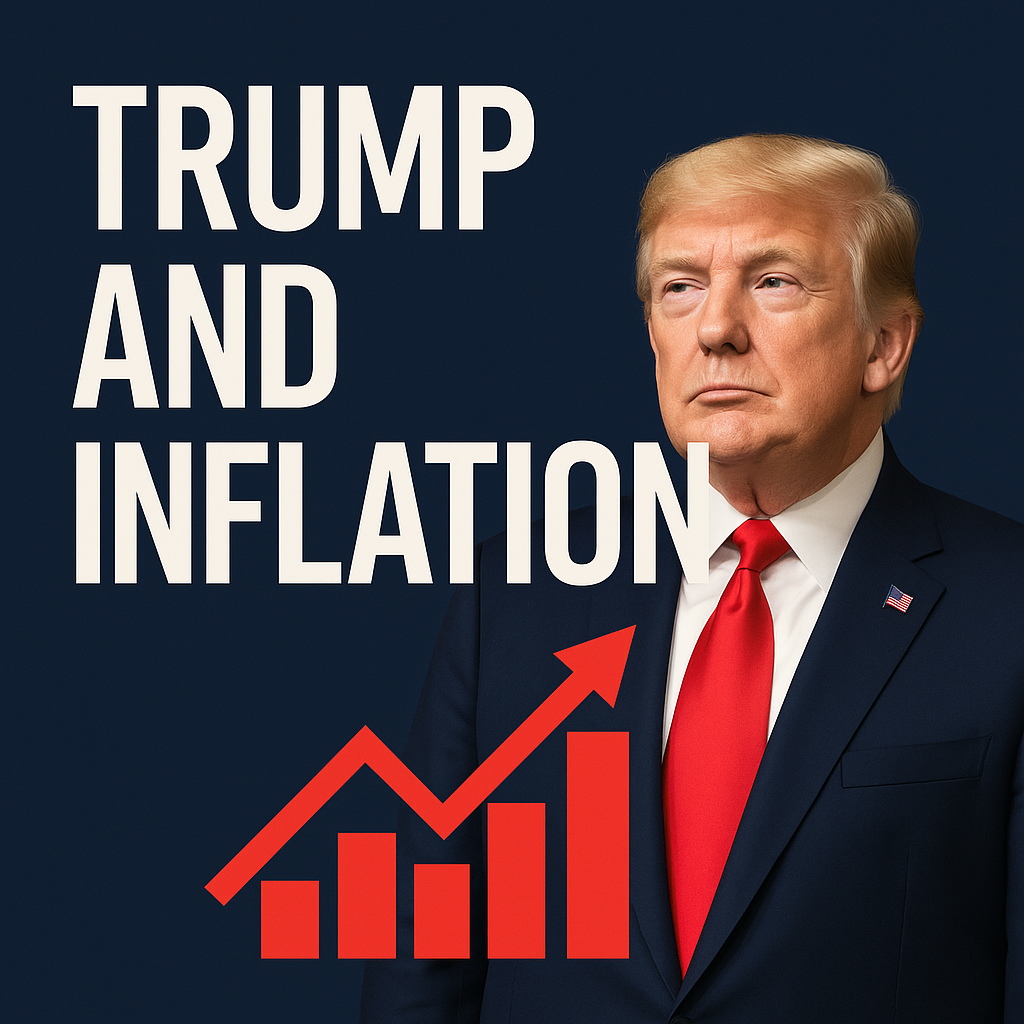
Producer Prices Surge, Signaling Early Inflation Pressure
U.S. Producer Price Index (PPI) jumped 0.9% in July, the biggest gain in nearly three years. Analysts say former President Donald Trump’s high tariffs are driving up costs across supply chains (AP News, MarketWatch). Prices of electronics, produce, and other goods have already risen, and businesses are expected to pass these higher costs on to consumers in the coming months (Business Insider).
Consumer Prices Also Rise Despite Energy Relief
The Consumer Price Index (CPI) rose 2.7% year-on-year in July, but core inflation (excluding food and energy) accelerated to 3.1%, breaking the 3% mark for the first time in six months (The Guardian, Politico). Categories such as food services, used cars, healthcare, and housing showed sharp price increases. Falling energy prices helped cushion the rise but were not enough to offset broader inflation momentum.
Financial Institutions Warn of More Consumer Burden
Goldman Sachs estimates that 64% of tariff costs are still being absorbed by businesses, but by October these costs are likely to shift to consumers (Business Insider). This could push core PCE inflation to 3.2% by year-end, far above the Fed’s 2% target. Oxford Economics even projects that core inflation could reach 3.8% by the end of 2025 (Politico).
Consumer Sentiment Weakens Amid Inflation Expectations
The University of Michigan Consumer Sentiment Index fell 4–5 points, hitting a three-month low (MarketWatch, Investopedia). Inflation expectations climbed to 4.9%, raising fears of a self-fulfilling inflation spiral if consumers start adjusting spending behavior based on anticipated price hikes.
Conclusion
Trump’s high tariff policy is no longer just a trade issue — it’s directly fueling inflation. With businesses preparing to pass costs onto households, Americans could face stronger price pressures through the rest of 2025. The Federal Reserve may hesitate to cut rates, and weakening consumer sentiment could drag on economic growth.